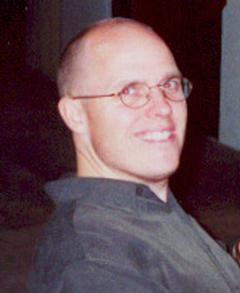Essay QuestionThe mission of the Berkeley Prize, to promote architecture as a social art, is honorable yet difficult to define. The phrase "social art" has become something of a contradiction in terms, for "art" has come to suggest a medium for self-expression, a realm of thought explored by the individual alone, not the community together. Today, the degree to which architects have been embraced by the cult of celebrity attests to the longevity of this tradition.
Contemporary designers tend to avoid social questions, partly because the past century's tragic failures have demonstrated the difficulty of answering such questions. Modernist architects' double fascination with the pure formalism of certain artistic movements and with the utopian dreams of certain social movements produced either a lack of social relevance in design or a naïve assumption that built form can unilaterally determine the course of society. Architects' attempts to address social issues often result in clumsy abstraction, a shotgun marriage of formalism and socialism. Why should architects write? Design illustrates ideas, and certain ideas are more clearly expressed verbally. It is tempting to say that in our profession design is a creative act, while writing is a critical act, but the two activities frequently overlap. All architectural writing generally falls into one or more of three categories: history, criticism, and theory. History examines the past, while criticism, which includes journalism, evaluates the present. The task of theory is to suggest the future - how things could be or might become. At its most provocative, however, writing is a spur, goading us to do better by raising questions about what buildings should be. Convention defines architecture in aesthetic terms: we ask how something looks rather than what it means or how it affects our lives. When we ask whether buildings are good, we are referring to aesthetic quality, not ethical. We rarely ask whether buildings do good. By and large, architectural discourse has abandoned the ethical dimension of cities, but traditionally it has been an essential characteristic. Aristotle's Politics begins, "Observation shows us, first, that every polis is a species of association, and, secondly, that all associations are instituted for the purpose of attaining some good -- for all men do all their acts with a view to achieving something which is, in their view, a good." In one opening remark, Aristotle establishes the city as a social construct, a "species of associations" intended to produce good. Of course, identifying what is "good" gets complicated; as the phrase "in their view" implies, people disagree on right and wrong. Determining the proper role of the architect in society will always be a struggle, for the reconciliation between the individual and the community is fundamental to the human condition. Providing definitive answers is perhaps less important than merely asking the right questions. How the designer/writer may inspire good is a challenge we must all address, but it is particularly important for students, who are just beginning to give it thought. The role of the teacher is to help students discover a mode of inquiry: what questions should we ask? The Nobel physicist Richard Feynman once wrote that the most profound questions often come from students, whose intellectual search is so fresh and unguarded. The Berkeley Prize offers both a rare incentive for architecture students to exercise their verbal skills, as well as an exciting opportunity for us all to learn.
The Role of the Street In Fostering Social Life
QUESTION: Additional Help and InformationAre you in need of assistance? Please email info@berkeleyprize.org. |
|


